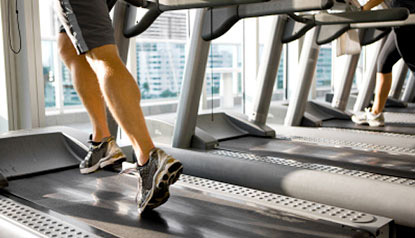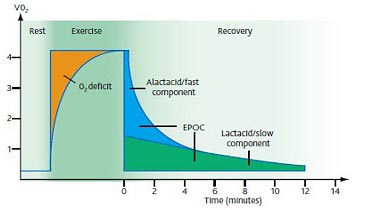DOES LOW INTENSITY CARDIO (LISS) BURN FAT EFFECTIVELY?

Over the past several years, the popularity of H.I.I.T cardio (short for “High Intensity Interval Training”) has taken off like wildfire.
In contrast to traditional low intensity/long duration cardio, H.I.I.T sessions take the opposite approach by utilizing a harder pace for a shorter duration (alternating between interval periods of high and low intensity) usually lasting somewhere between 8-20 minutes in total.

The workouts are brief, intense, and highly effective for fat loss.
In a head-to-head comparison, the research has demonstrated that H.I.I.T cardio sessions burn more total fat and spare more lean muscle than their lower intensity/longer duration counterpart.
This is mostly due to an increase in EPOC (excess-post exercise oxygen consumption) where the body is forced to burn additional calories for several hours after the session is over due to the oxygen deficit created by the higher intensity level.

So yes, on a direct session-for-session basis, H.I.I.T cardio will deliver a more powerful fat burning stimulus to your body than a typical slow-pace 45 minute session will.
Does this mean that low intensity cardio is a waste of time? Should you completely eliminate those moderate pace sessions and replace them all with high intensity interval cardio workouts instead?

No, and this is where all those over-hyped marketing campaigns and fat loss programs centered around H.I.I.T workouts as the be-all-end-all of effective fat burning cardio get things wrong.
The reason for this is simple: Although H.I.I.T cardio does burn more total fat, it’s also far more taxing on your body as a whole. You can only perform a limited amount before you end up overtraining yourself.
The intensity level required for a session to truly qualify as a H.I.I.T workout will place your central nervous system under a lot more stress than a brisk 45 minute walk on the treadmill will, and this is the one major drawback of these types of sessions.
If you’re already performing a typical 3-5 day per week weight training schedule, there’s only so much H.I.I.T cardio you can add on top of this before you start to feel excessively fatigued, burned out and at a loss for motivation. Not to mention that the overall impact on your joints will likely be greater as well. (Though this does depend on what type of cardio exercise you’re using)
It will obviously vary from person to person, but any more than 2, perhaps 3 at the most H.I.I.T sessions per week on top of regular weight training is going to be too much.
And this is where low intensity cardio comes into play, and why it is not “useless” or a waste of time like many would have you believe.
Any activity where you’re moving your body at a reasonable pace for a reasonable length of time is going to burn calories and help you lose fat, and low intensity cardio is a simple way for you to burn through additional calories while placing your body under a minimal amount of total stress.
For example, let’s say you were performing a cutting phase that included 4 days of weight training and 2 H.I.I.T cardio sessions. You don’t want to cut your dietary calorie intake any lower than it is, but you need to create a larger deficit to stimulate further fat loss. 1-2 low intensity cardio sessions per week would fit perfectly in a situation like this.
Or let’s say you were performing heavy squats and deadlifts a couple times a week and you found your legs getting quite sore and fatigued on your off days. Low intensity cardio would be useful here to help you burn additional calories without impeding your leg recovery.
These are just a couple basic examples.
Remember, when it comes to proper fat burning and muscle building training, issues like this are rarely black and white. To say that one single method is absolutely superior and should be used at the exclusion of all others is usually not accurate.
High intensity/low duration cardio and low intensity/high duration cardio are simply two different fat burning tools available to you, and they both have their own application depending on the situation.
Low intensity cardio may not burn quite as many calories as high intensity cardio does, but it is still effective nonetheless and has its own unique advantages that high intensity cardio does not offer.
For most people in most situations, 3-5 days of weight training paired up with 1-2 H.I.I.T cardio sessions, 1-2 low intensity cardio sessions and a proper diet is a good, well rounded approach to losing fat while maintaining muscle.
If you found this article helpful, make sure to sign up for your FREE custom fitness plan below...




